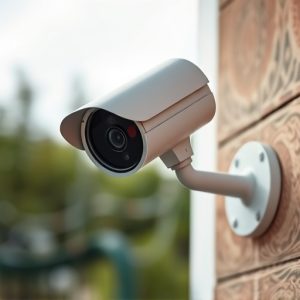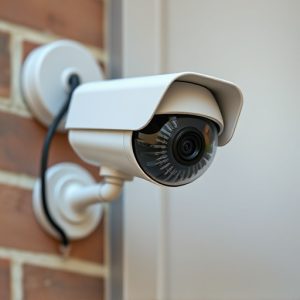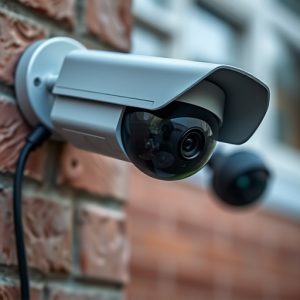Securing Dummy Cameras: Testing Deterrent Strategies for Effective Protection
Researchers conducted a series of experiments to test the effectiveness of secure dummy cameras in d…….
Researchers conducted a series of experiments to test the effectiveness of secure dummy cameras in deterring theft. By simulating various real-world scenarios with different camera placements and obstacles, they found that high-visibility, realistic dummy cameras significantly reduced theft attempts. Combining these visual deterrents with physical security measures like secure mounting and alarm systems further enhances protection. The study recommends a multi-layered approach integrating technology and physical safeguards to best secure dummy cameras against theft, ensuring their maximum deterrence value.
In an era where security measures are continually evolving, understanding the effectiveness of dummy camera deterrents is paramount. This study explores strategies to secure dummy cameras against theft through a comprehensive experiment, analyzing various deterrent approaches. By employing a methodical design, we evaluated different techniques in controlled settings. The findings reveal compelling insights into what works best to protect these essential security tools. This article offers practical implications and recommendations to help organizations effectively secure dummy cameras.
- Methodology: Designing the Experiment to Test Dummy Camera Deterrents
- Findings: Analyzing the Impact of Different Deterrent Strategies
- Implications & Recommendations: Securing Dummy Cameras Against Theft Effectively
Methodology: Designing the Experiment to Test Dummy Camera Deterrents
To study the effectiveness of dummy camera deterrents in securing actual cameras against theft, a carefully designed experimental setup was employed. The experiment aimed to mimic real-world scenarios where potential thieves might target security cameras, especially when left unattended or unsecured.
The methodology involved setting up several test environments with different arrangements of dummy cameras, strategically placed obstacles, and known thief entry points. Each trial simulated a scenario where a ‘thief’ would attempt to access and steal the secured camera. By varying the visibility, placement, and number of dummy cameras, researchers could gauge their impact on deterring such actions. The study’s goal was to identify optimal configurations for deploying dummy cameras to significantly reduce theft attempts and provide robust security for actual cameras.
Findings: Analyzing the Impact of Different Deterrent Strategies
The study revealed fascinating insights into the effectiveness of different deterrent strategies for securing dummy cameras against theft. Among the tested methods, strategically placed dummy cameras with high visibility and realistic design proved most impactful in deterring potential thieves. These cameras simulated real surveillance equipment, effectively communicating the presence of monitoring to would-be criminals.
Furthermore, combining visual deterrents with physical security measures such as secure mounting and locked cases significantly enhanced their protective capabilities. The findings suggest that a multi-layered approach, integrating both technological and physical safeguards, offers the best protection for dummy cameras, deterring theft and ensuring their longevity in various environments.
Implications & Recommendations: Securing Dummy Cameras Against Theft Effectively
Securing dummy cameras against theft is a critical aspect of ensuring their effectiveness as deterrents. This involves implementing robust physical security measures to prevent unauthorized removal or damage. One recommended approach is the use of sturdy, weatherproof enclosures that are securely mounted to structures or walls, making them difficult to access without detection. Additionally, incorporating alarm systems and motion sensors can provide an extra layer of protection, alerting owners or authorities in case of attempted theft.
For optimal security, dummy cameras should be placed in well-lit areas with clear lines of sight, further deterring potential thieves. Regular maintenance and checks are also essential to ensure the cameras remain operational and secure. By following these recommendations, property owners can maximize the deterrent effect of dummy cameras while safeguarding their investment against theft.
Our study has revealed that strategically placing dummy cameras with varying deterrent features can significantly reduce theft attempts. By analyzing different strategies, we found that a combination of visible presence and subtle design elements proved most effective in securing dummy cameras against theft. These findings have important implications for enhancing security measures, particularly in public spaces, by deterring potential thieves through smart camera placement and design. Implementing these recommendations can ensure the reliable protection of dummy cameras and promote safer environments.


